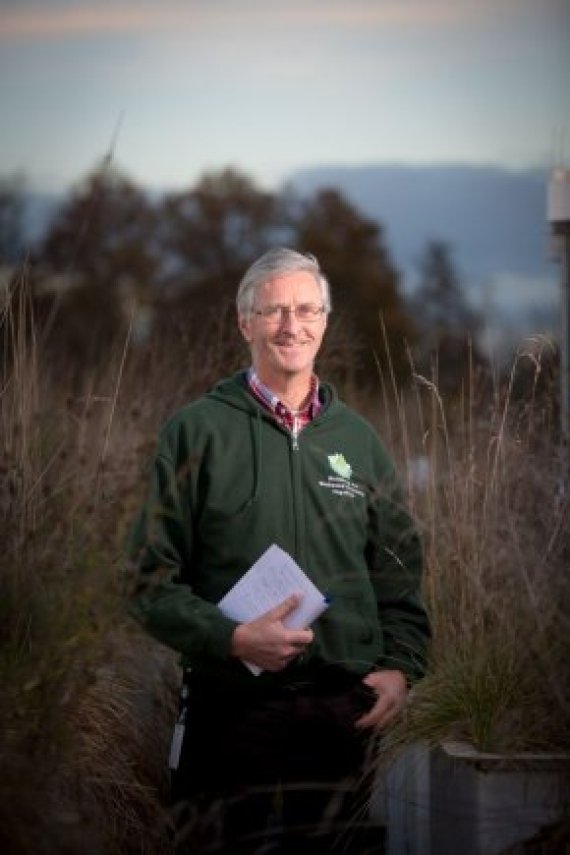Most natural soils contain a great wealth of micro-organisms which play an important role in countless natural processes. But that wealth of species is under pressure from more intensive land use, writes Van der Putten, extraordinary professor of Functional Biodiversity in the Nematology chair group and head of department at the NIOO-KNAW. Agrarian land use plays a role in this process as well, he believes. Intensive farming leads to a decline in biodiversity. Alternative agriculture is better for the soil life but the yields are too low. So Van der Putten argues for a ‘third way’ which combines the advantages of intensive farming with those of organic farming.
What is the perfect soil for agriculture in you view?
‘That is a diverse soil with lots of activity that generates soil structure, suppresses diseases and pests and efficiently delivers lots of nutrients to the crops.’
Why is the life in the soil, all those bacteria, worms and fungi, so important?
‘Everything you eat, the clothes you wear and the air you breathe passes endlessly through the soil. The soil converts dead plant residues into nutrients which plants then absorb. Scientists are gaining a better and better understanding of how those processes work. Without soil life a thick layer of plant residues pile up while the soil gets exhausted. We wouldn’t have a future.’
You point out that this system is under threat.
‘In the last 10 years in Europe, an area the size of Luxembourg has been covered in houses, roads and other constructions. This leads to what we call soil-sealing. The soil has no more contact with living plants and cannot perform its functions. Apart from a couple of bacteria everything dies.’
You mention in particular the consequences of modern agriculture for the soil.
‘Yes, several factors are covered in the article, but one of them is the use of fertilizer. Liquid manure is not as good for the development of organic matter as manure made of straw or compost. In soil with a lot of liquid manure bacteria are dominant and there are relatively few fungi, making the soil more sensitive to extreme conditions such as drought. Also, the use of increasingly heavy machinery causes soil compression. A soil without structure can store less water.’
How will the future approach to farming ensure better soils?
‘There is a controversy within Wageningen UR about the relative merits of conventional and organic farming. But we could also collaborate on the third way which combines the advantages of both: farming targeting a well-functioning soil which is highly productive and as sustainable as possible. We are now working on an article in which we show that you can get just as high production as in conventional farming as long as you give a soil with a lot of organic matter enough time to mature. It is difficult to get a soil to do exactly what you want, but I think that with the knowledge we are acquiring now we can take the next step.’

